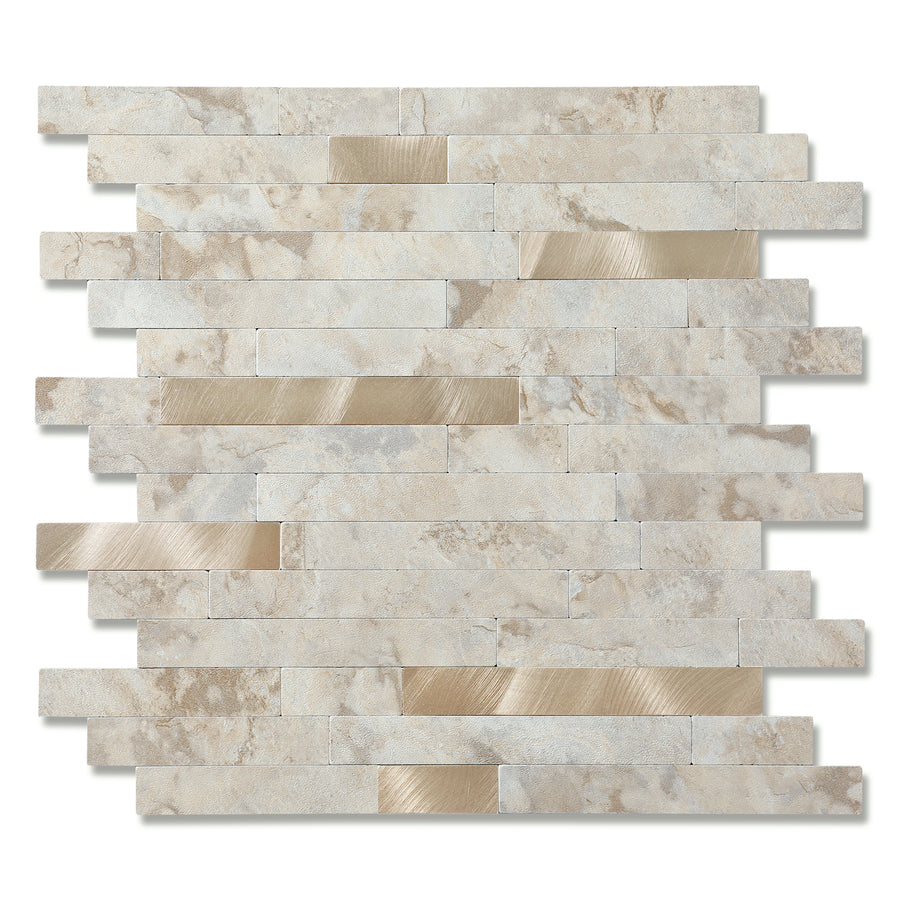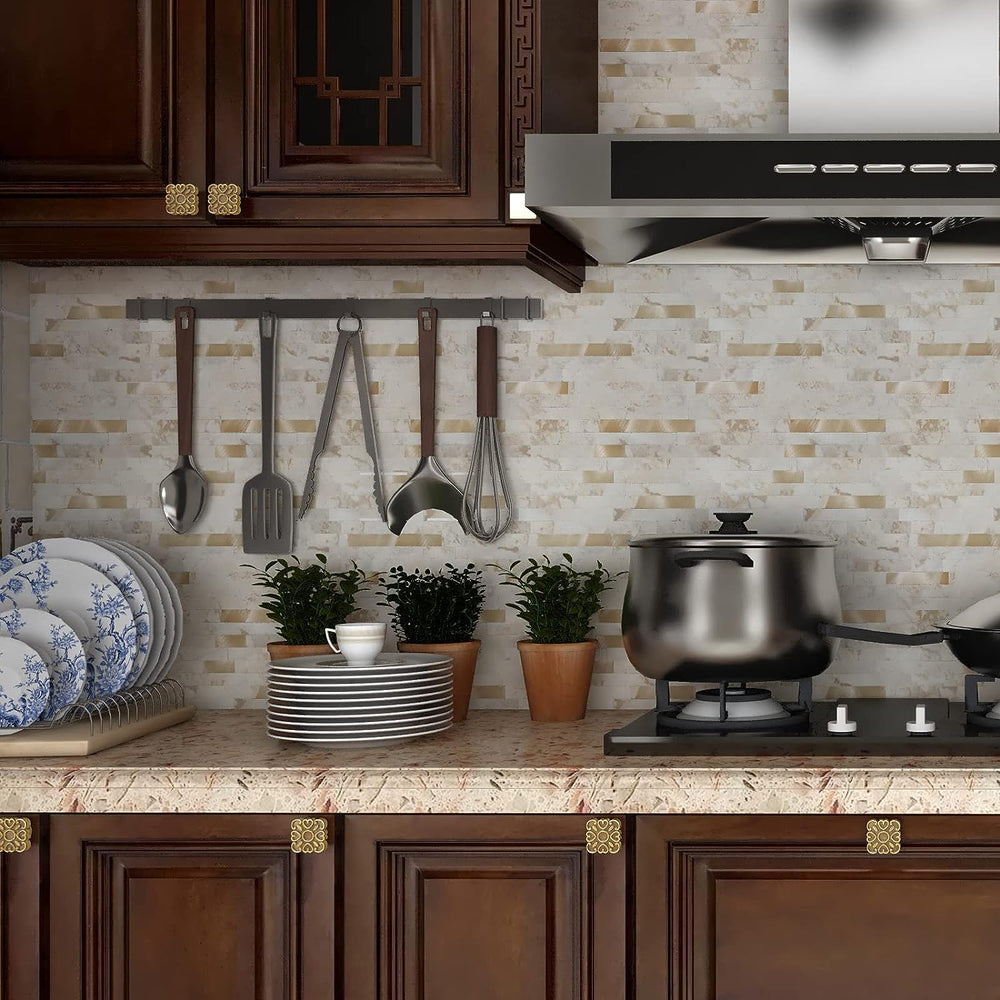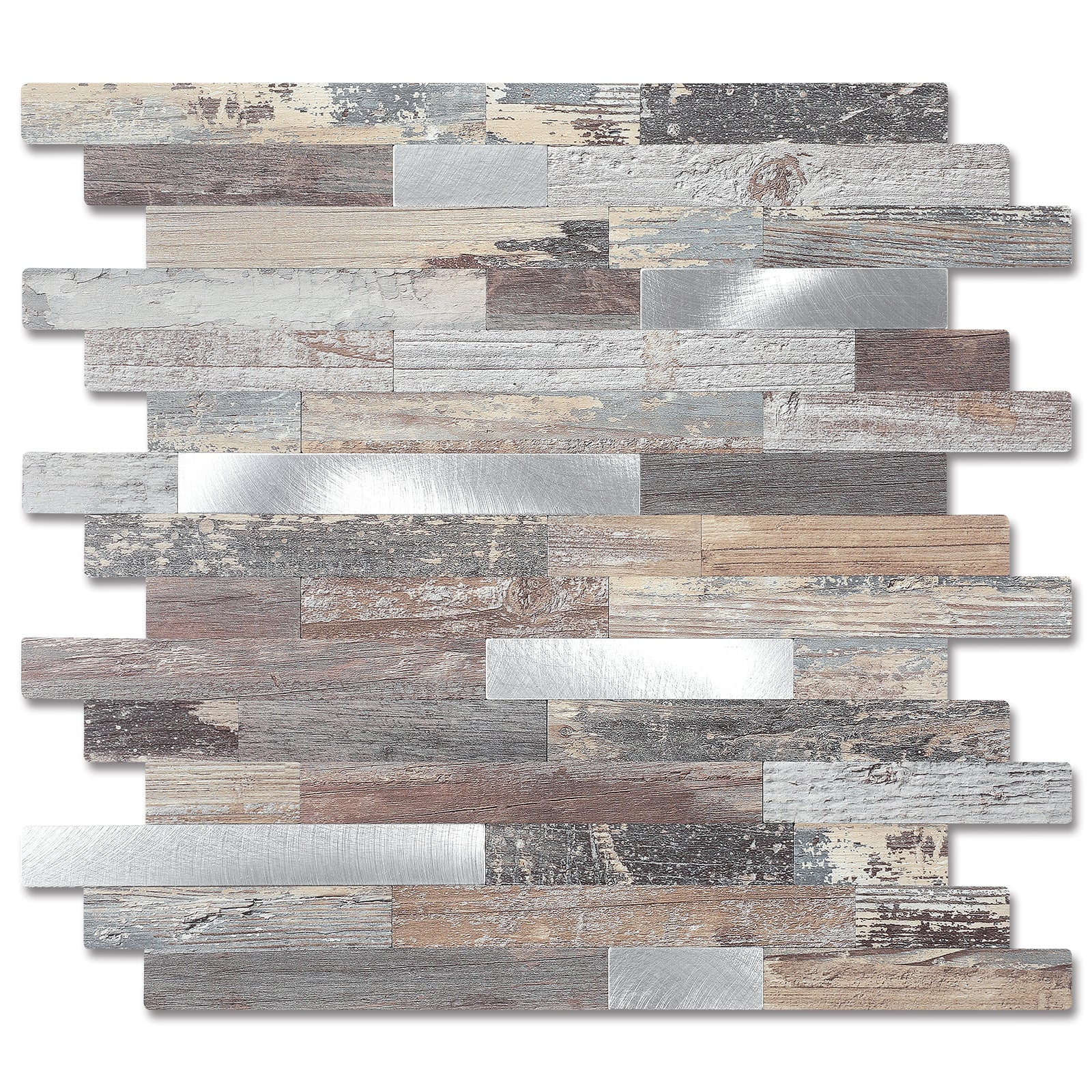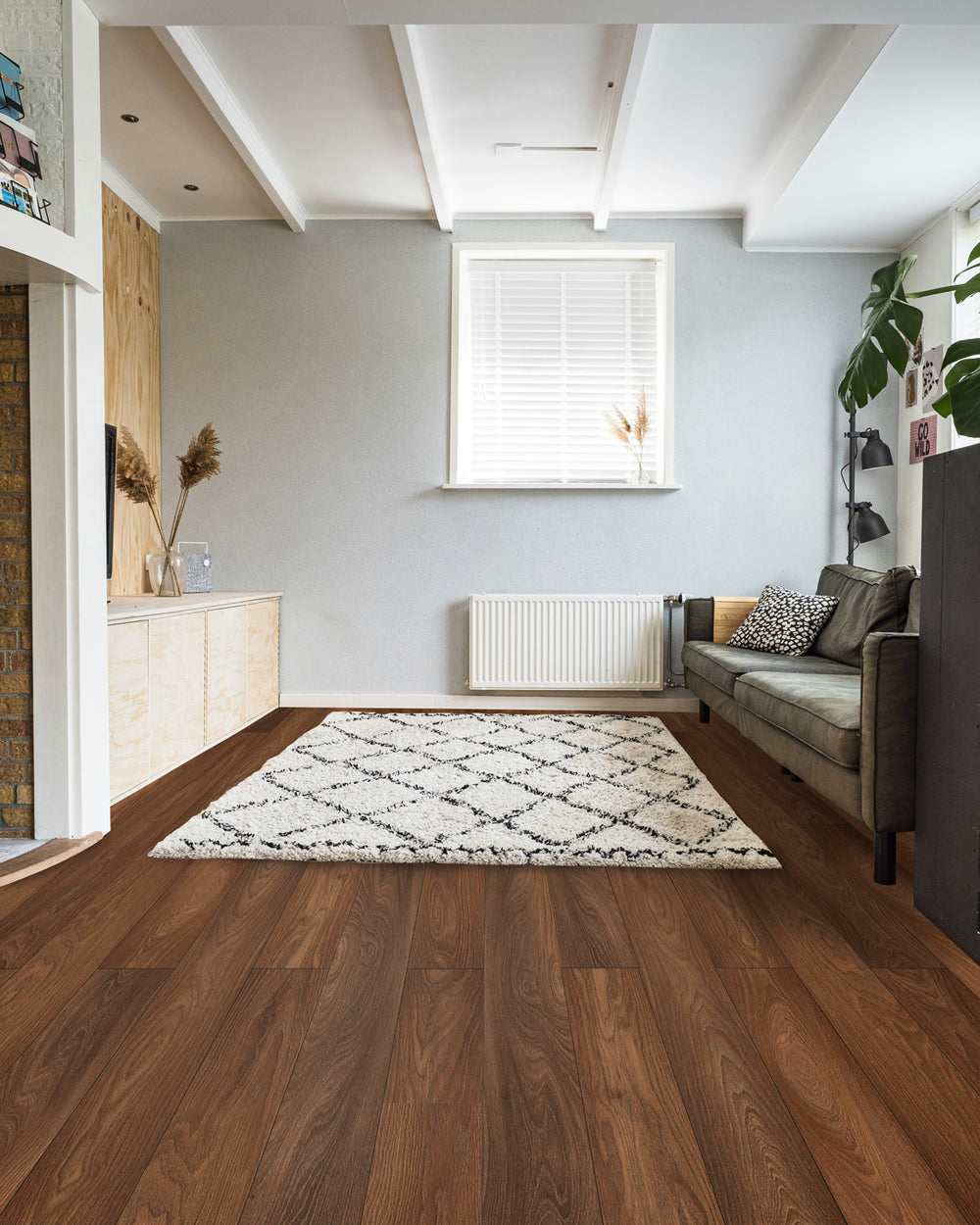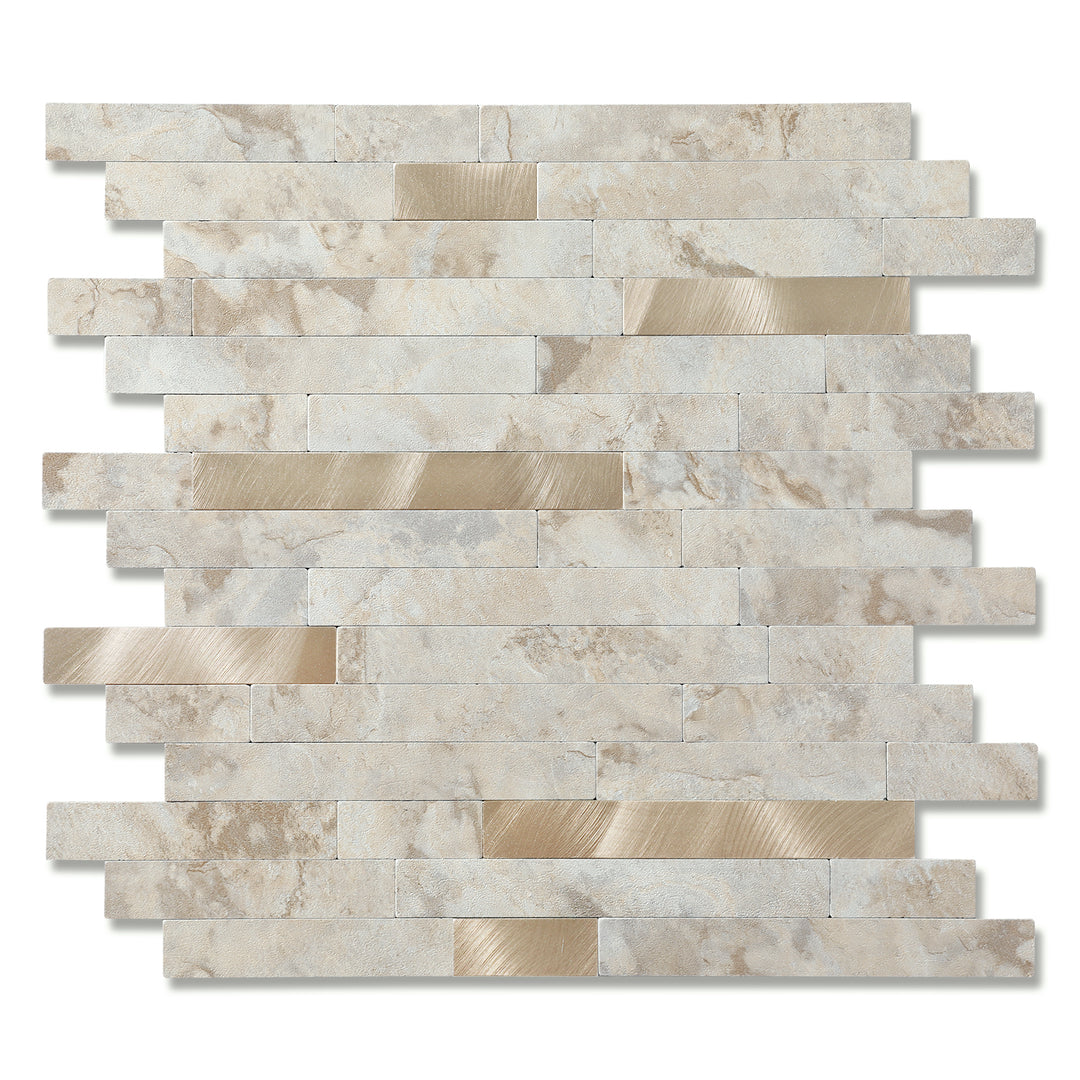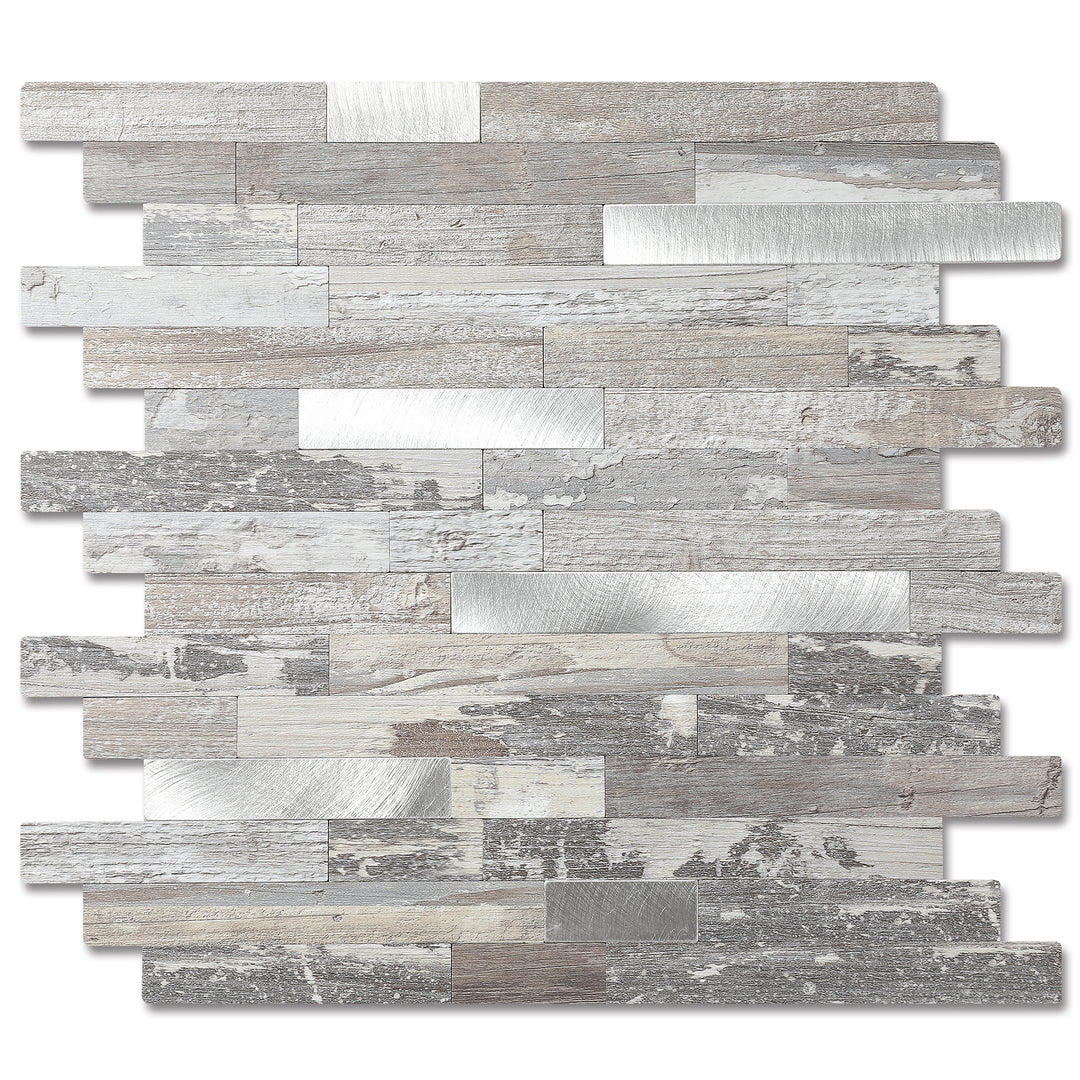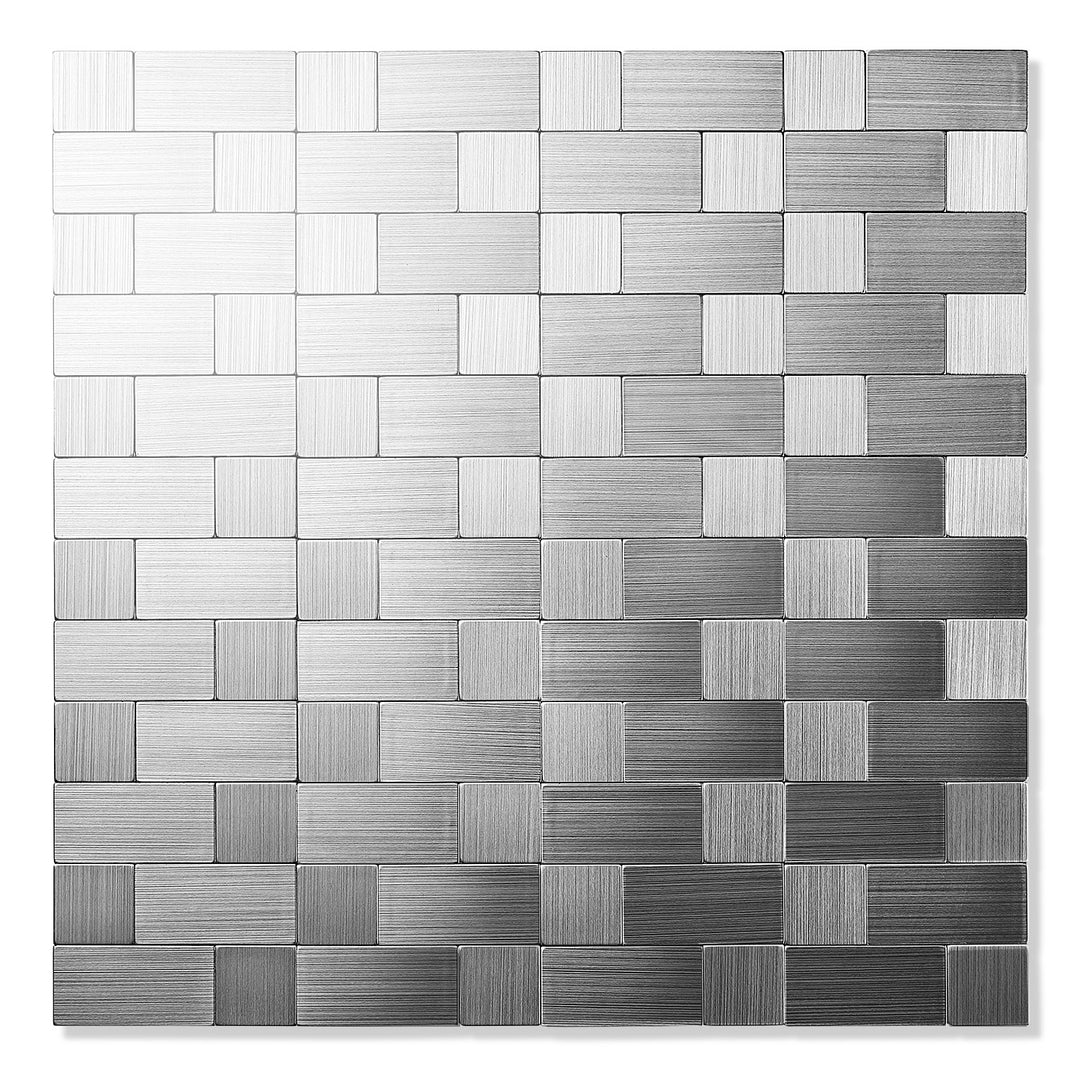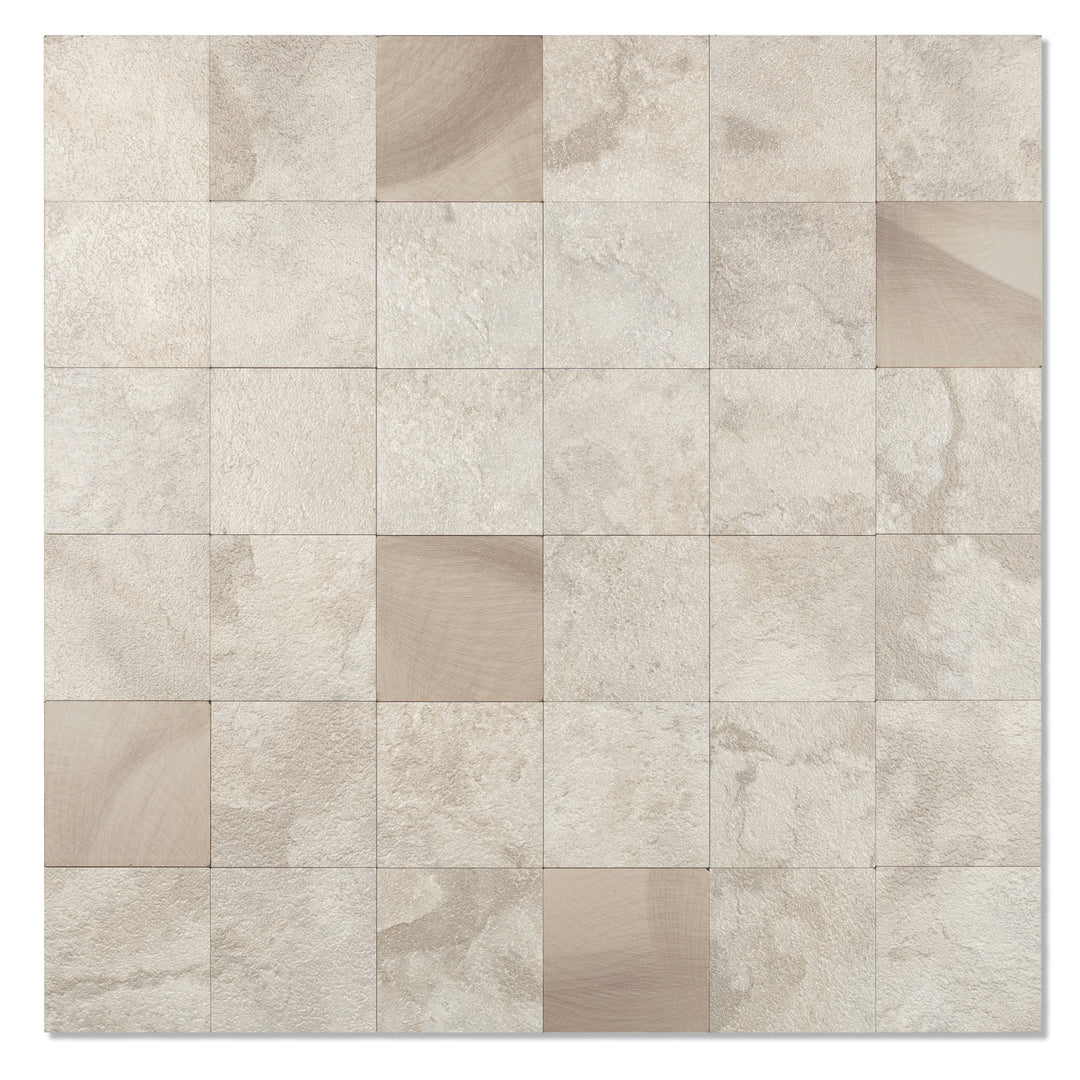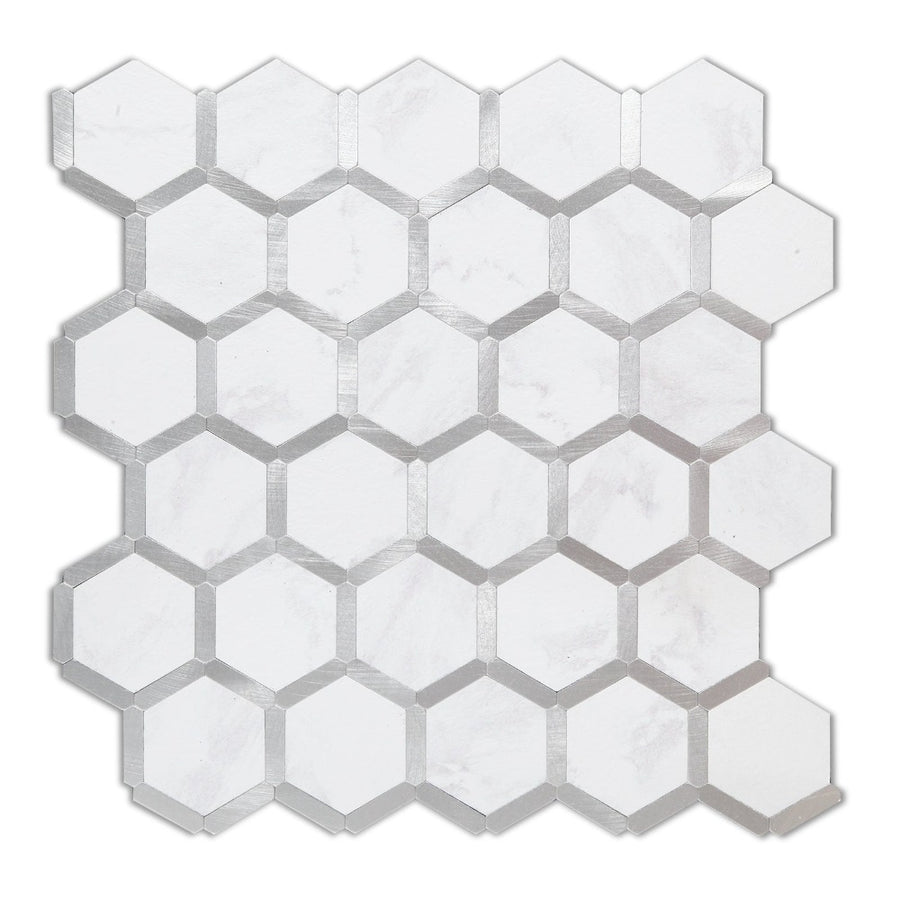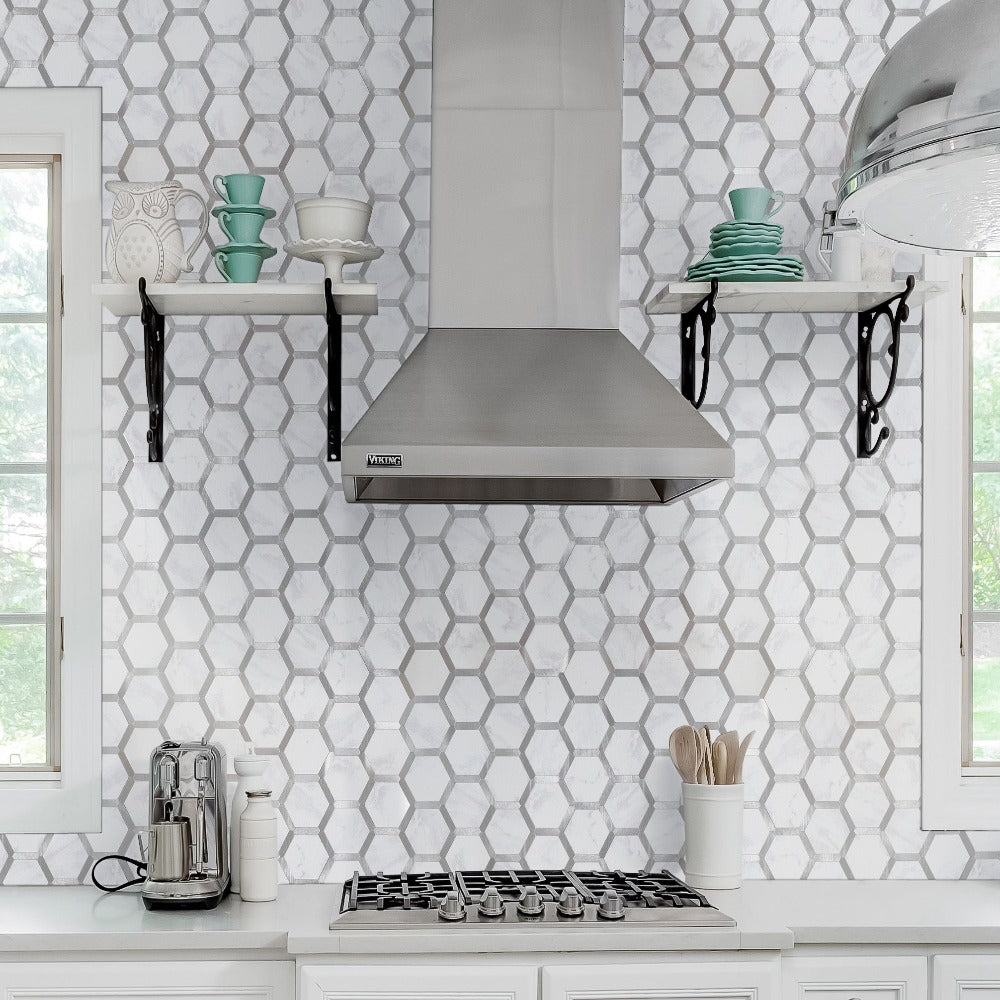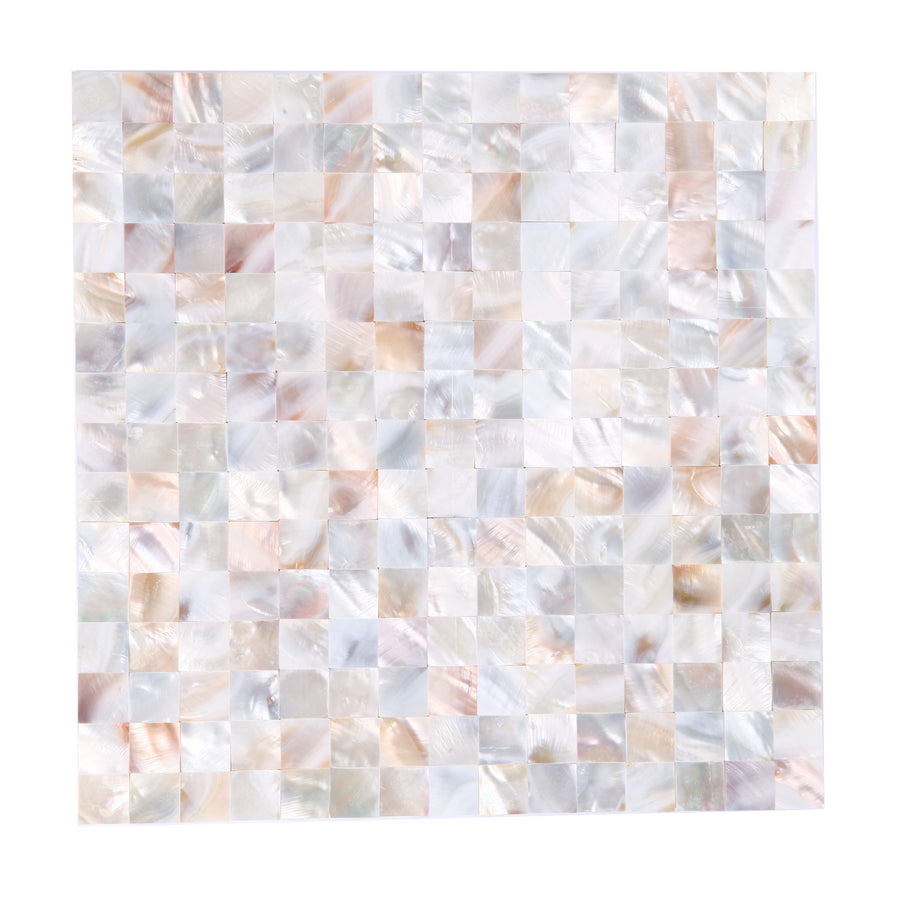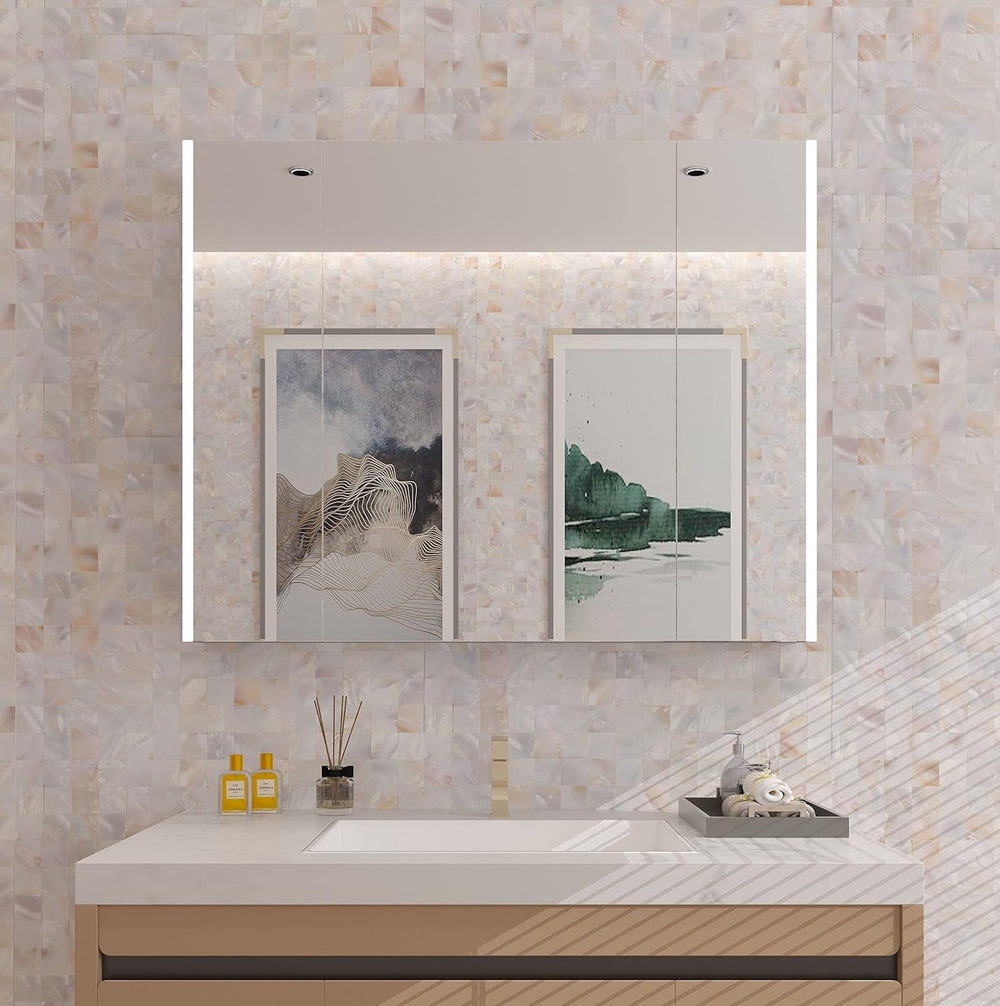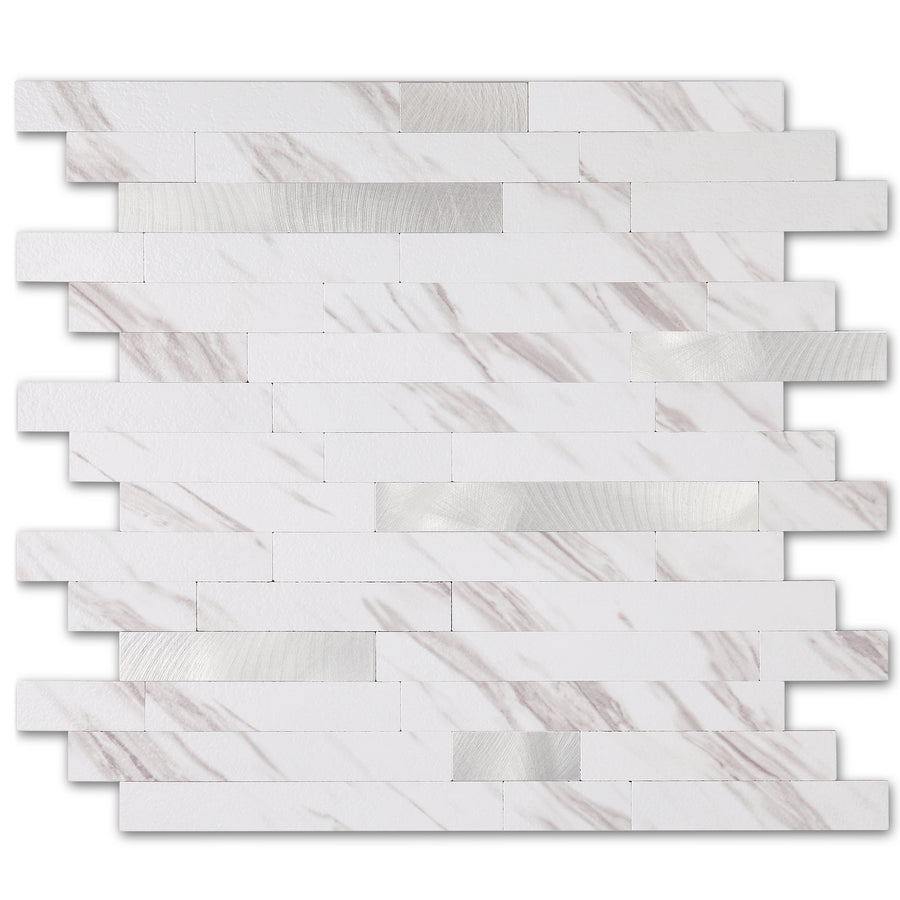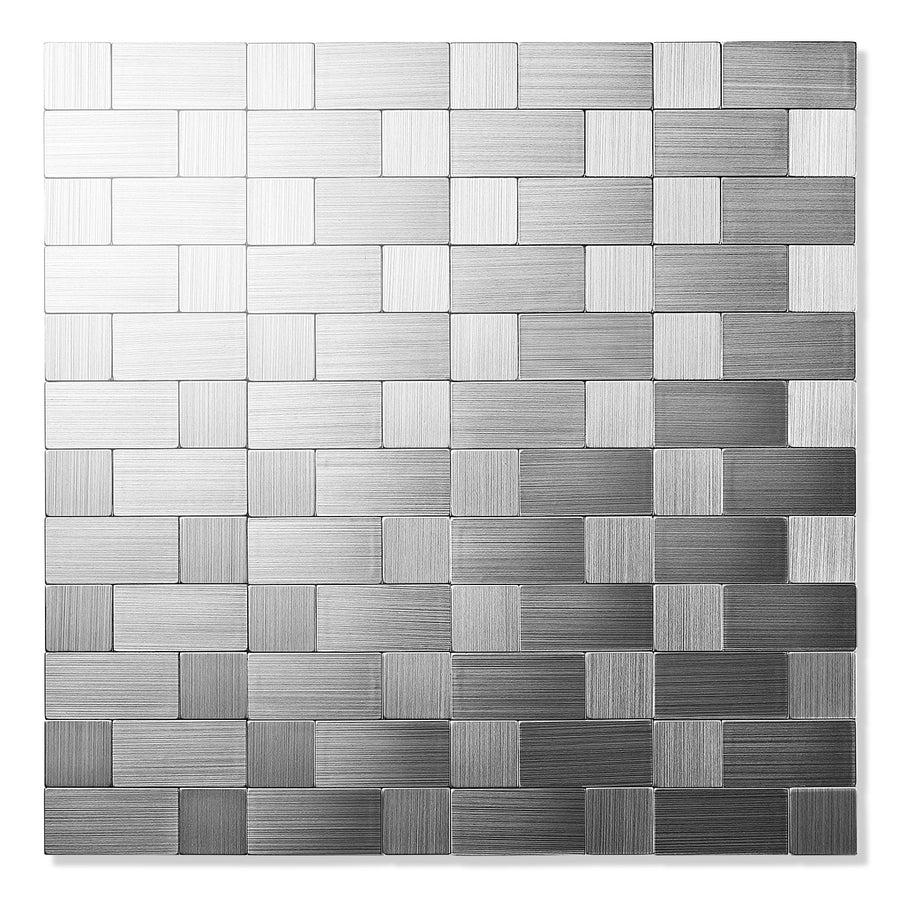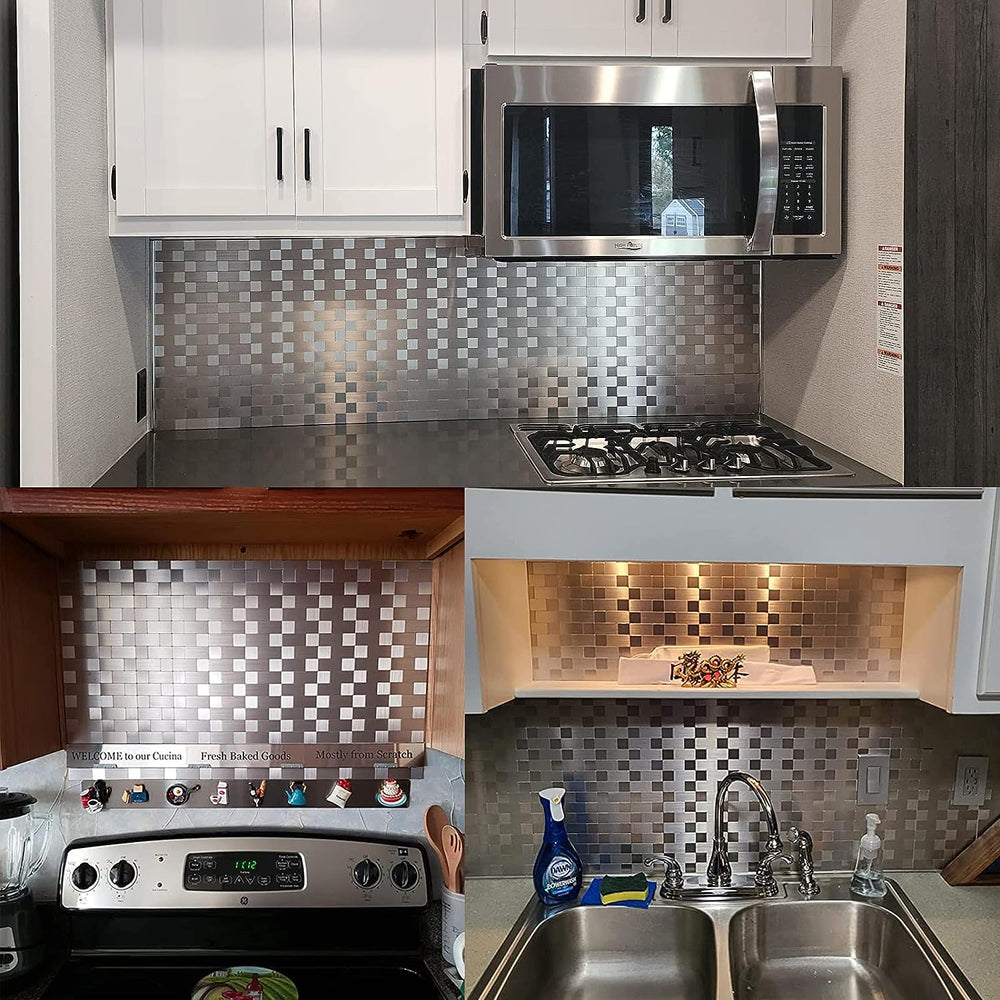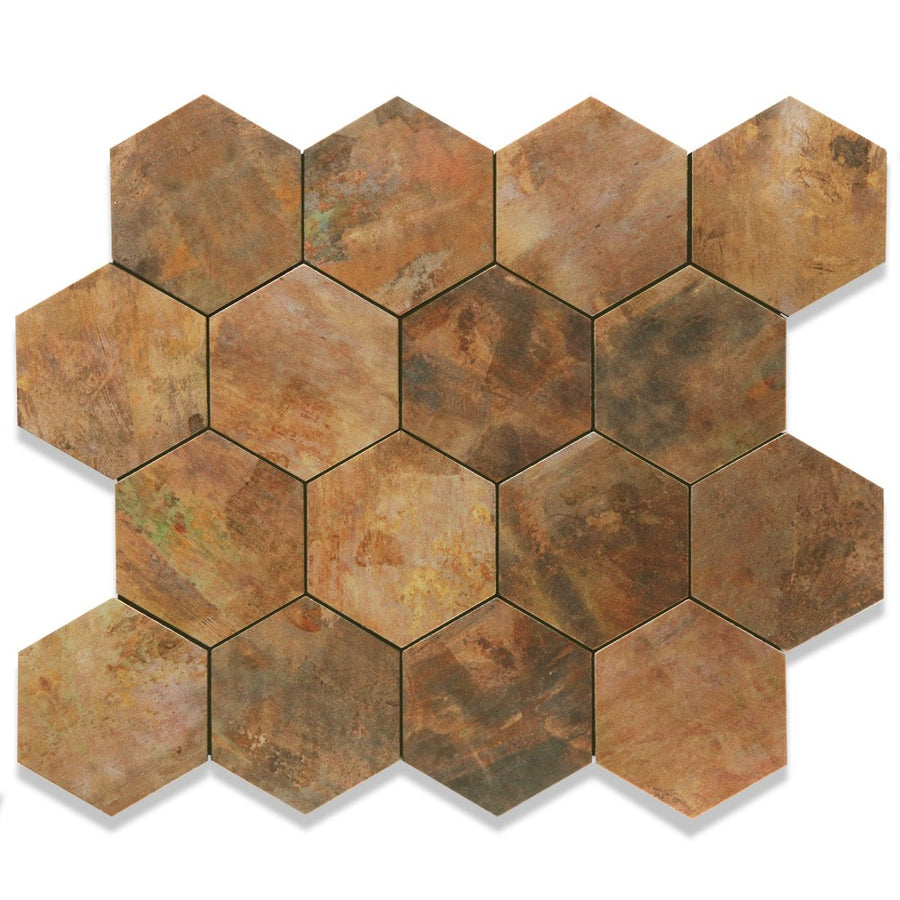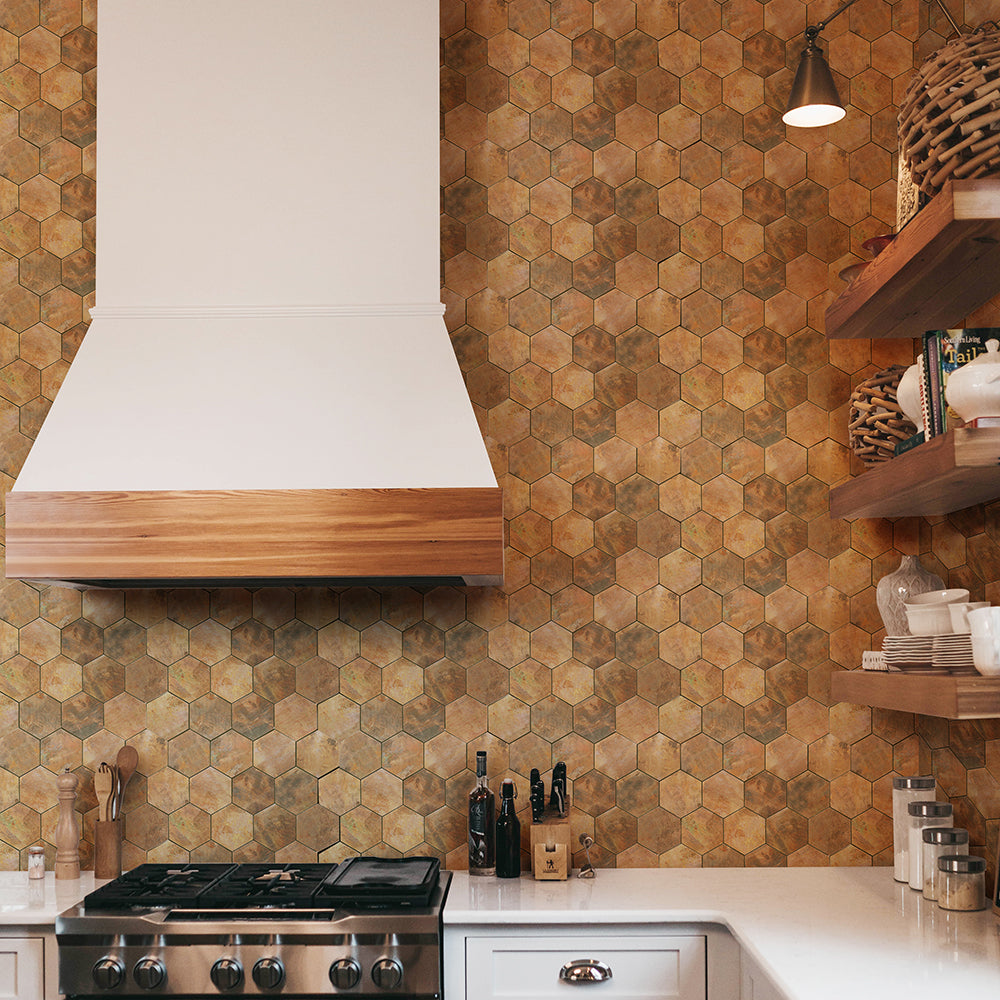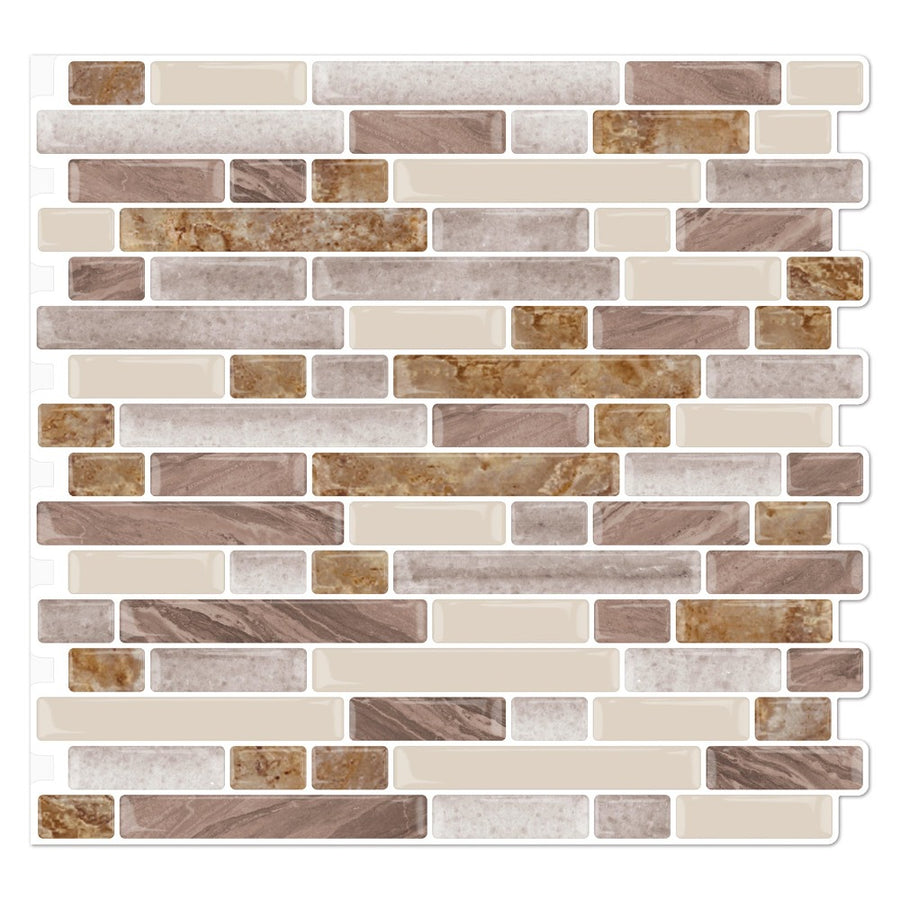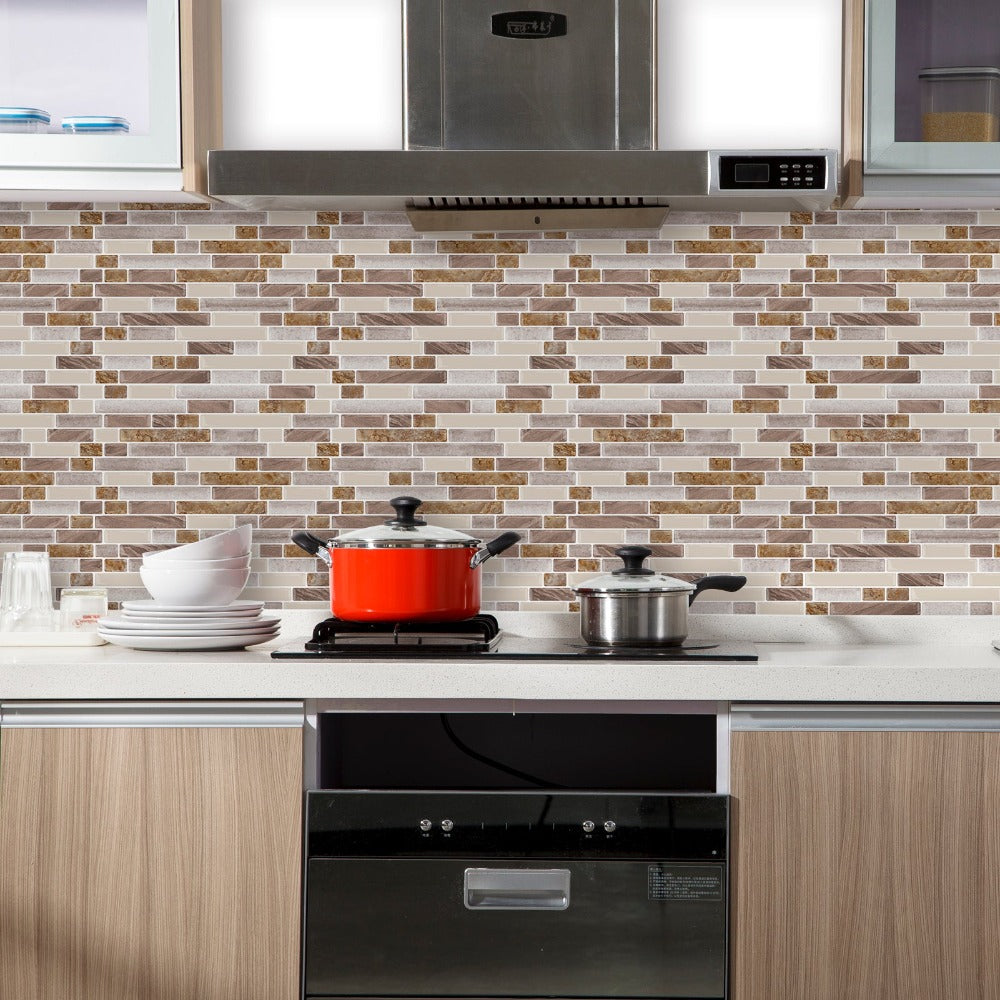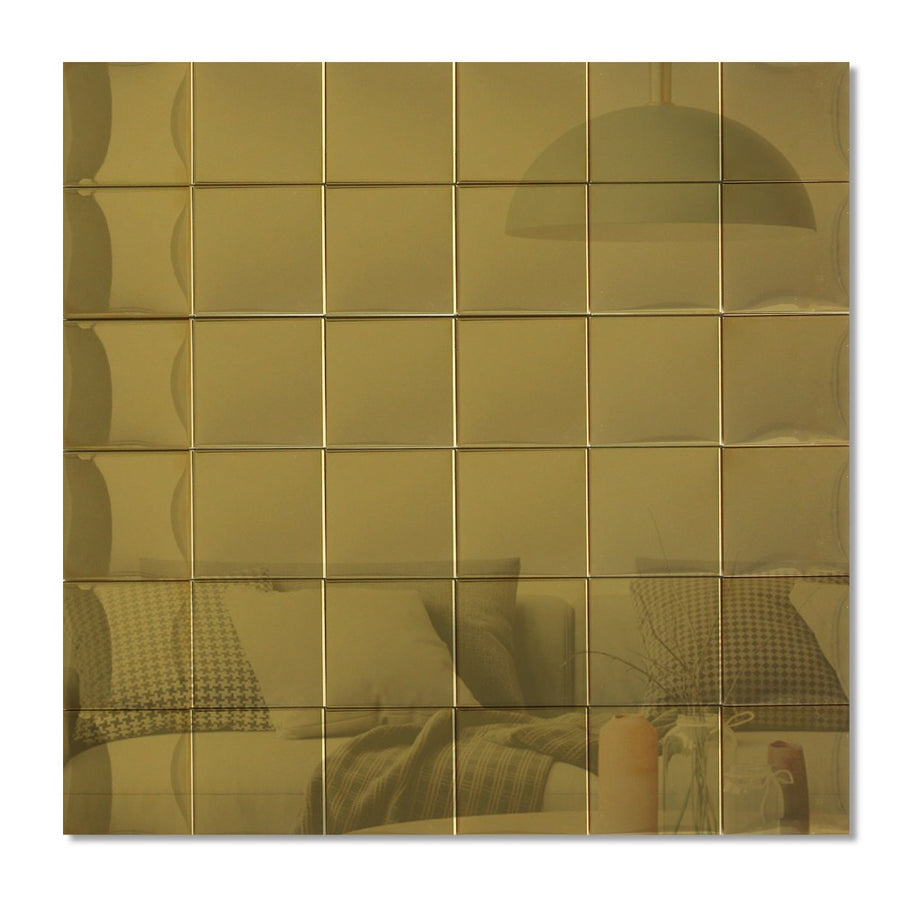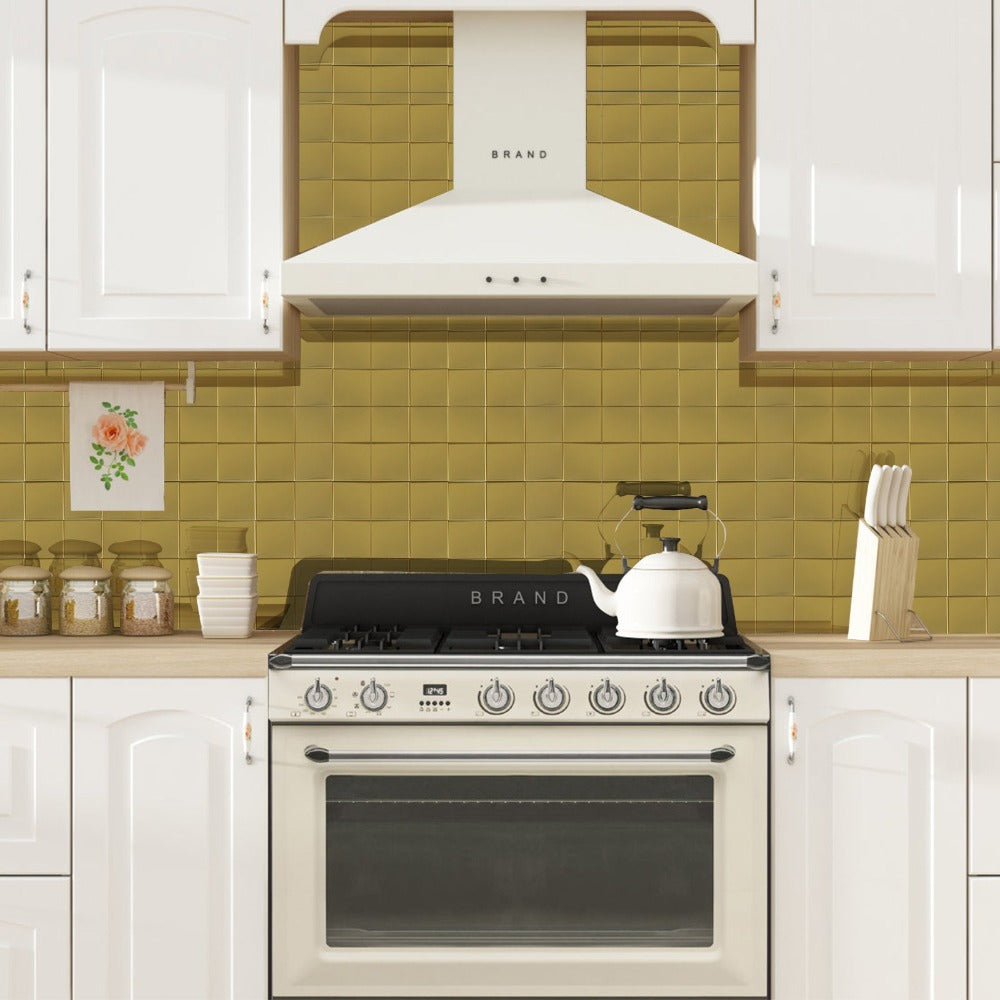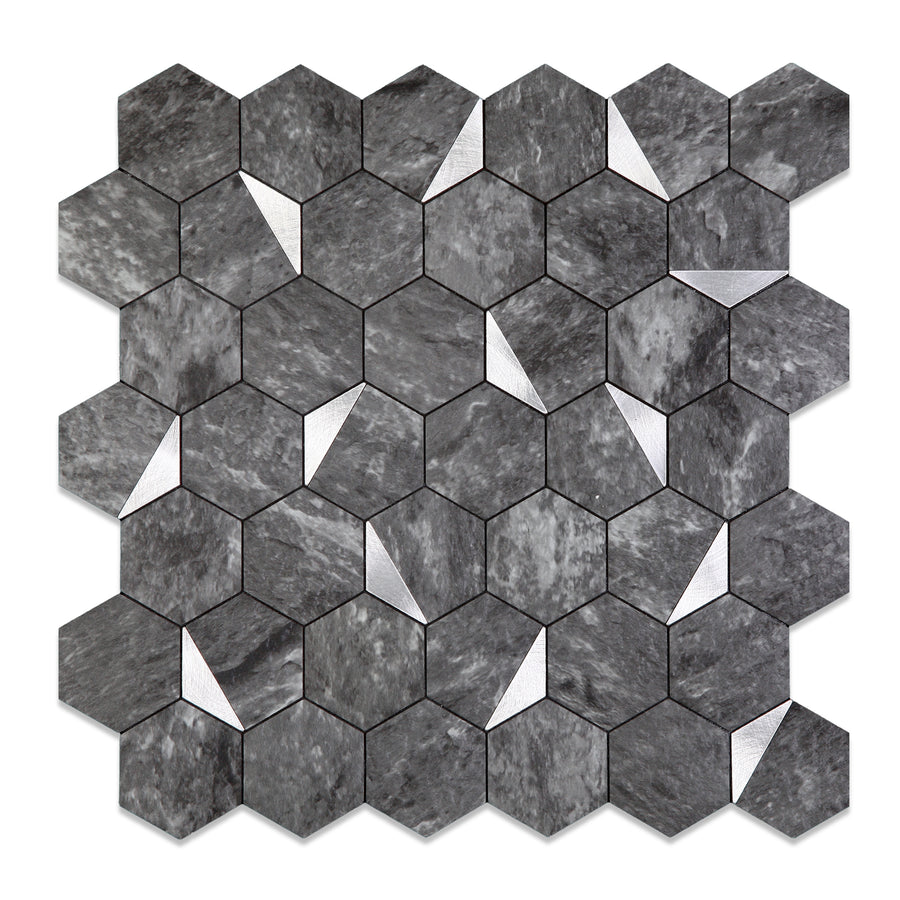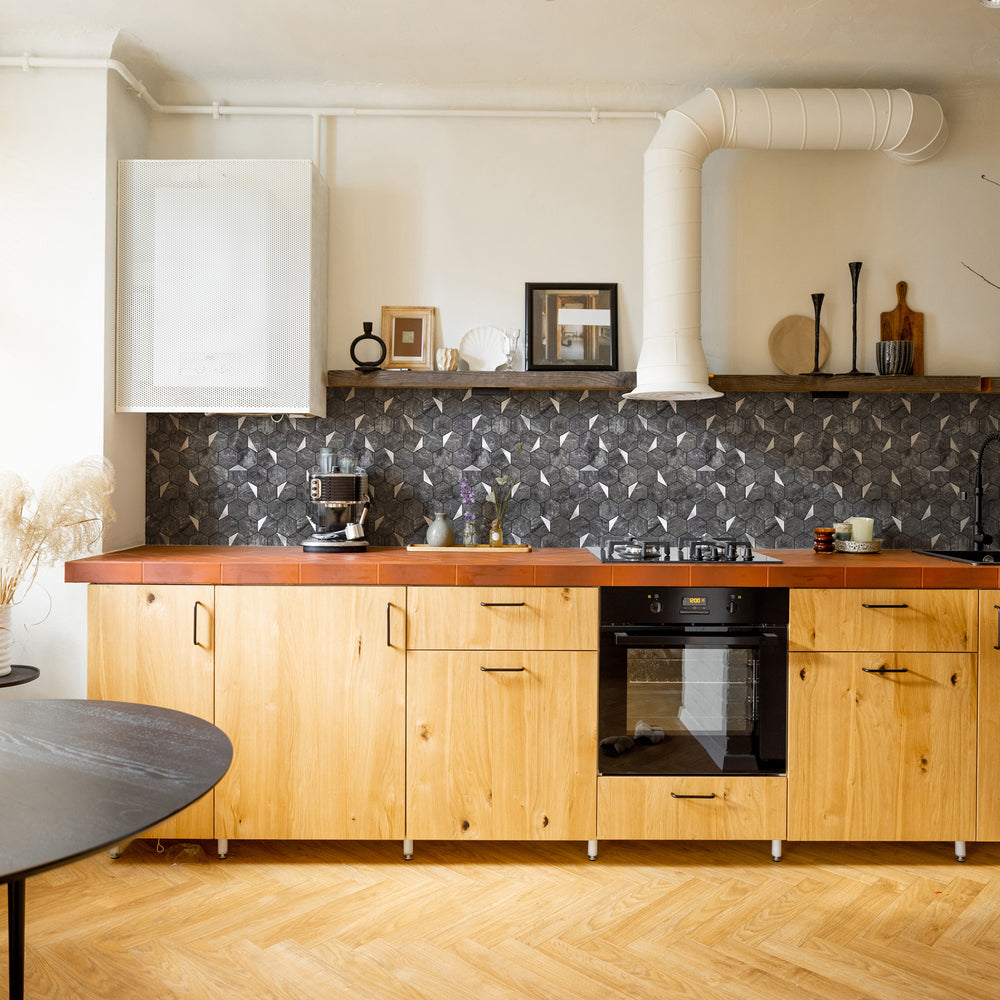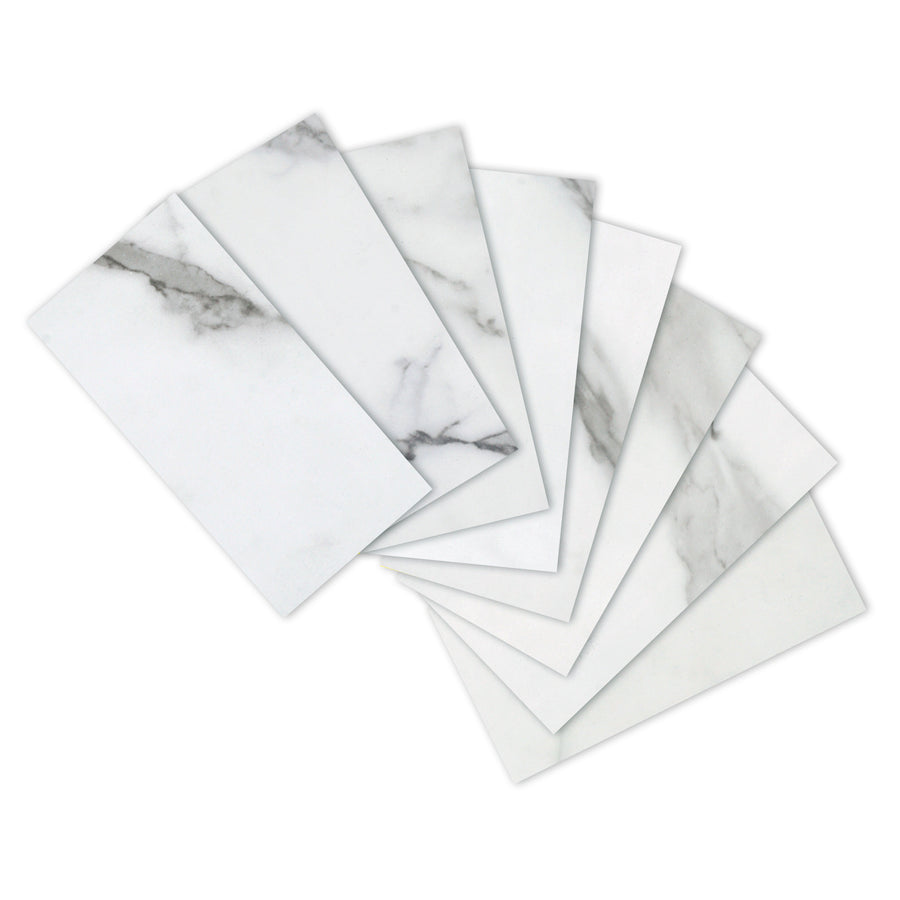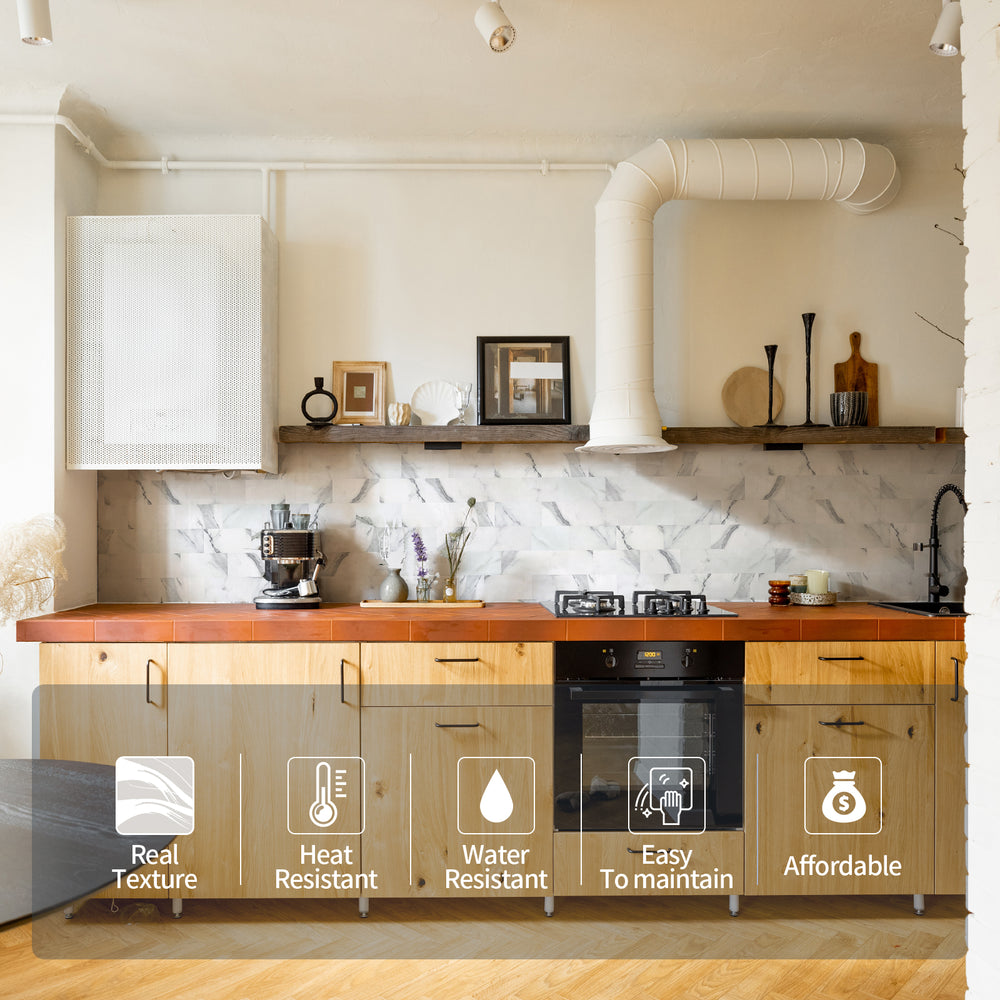Product
View allFrequently Asked Questions
Yes, it is a good idea. Peel and stick tiles are easy to install and you can do it yourself, saving the cost of cement workers. And you can choose a variety of styles to match according to where you need to install it. However, its service life may not be as long as real tiles. You can click here for the specific advantages and disadvantages.
About one to two years. But the actual situation needs to be judged according to the humidity, heat and material of the environment you use.
No, they are affordable projects. Peel and stick tile is a great option for homeowners who want to improve the look of their homes cost-effectively and straightforwardly. Unlike traditional tile installation, which can be expensive and requires professional labor and specialized tools to install, peel and stick tile is a more affordable DIY option. These tiles are very easy to install, which means that the only cost associated with them is the price of the tile itself.
Yes, you can put peel and stick tiles over existing tiles. Applying peel and stick tiles over existing tiles can be a good solution for a quick and easy update, provided the surface is properly prepared and you know the potential limitations. Removing the old tiles and installing new ones might be preferable for a more permanent and durable solution.
No, It doesn't. When installing peel and stick tiles, proper surface preparation is crucial for ensuring good adhesion and durability. While you don't typically need a separate underlayment for peel and stick tiles, proper surface preparation is essential. Cleaning, smoothing, and drying the surface, and optionally using a primer or additional adhesive, will help ensure a successful and long-lasting installation.
Peel and stick tiles can handle some moisture and are suitable for areas like kitchens and bathrooms where occasional water exposure occurs. However, they are not ideal for areas with constant or heavy water exposure, such as inside showers or outdoors. For the best performance, choose high-quality water-resistant tiles, ensure proper installation, and seal tile edges trim, or seams to protect against moisture.
Peel and stick tiles can be removed, but the ease of removal depends on factors such as tile quality, surface type, installation time, and environmental conditions. Using heat and gentle tools can facilitate removal while minimizing damage and residue. Read the article: How to Remove PVC Peel and Stick Tiles
By carefully preparing the surface, installing the tile correctly, and using waterproof caulks and sealants, you can effectively waterproof peel and stick tile, making it suitable for use in wet areas. Regular maintenance and inspections will help ensure that the waterproof barrier remains intact.


